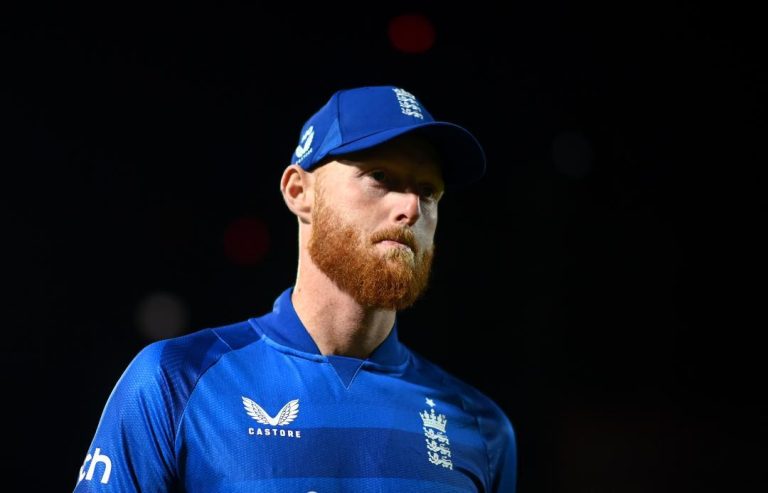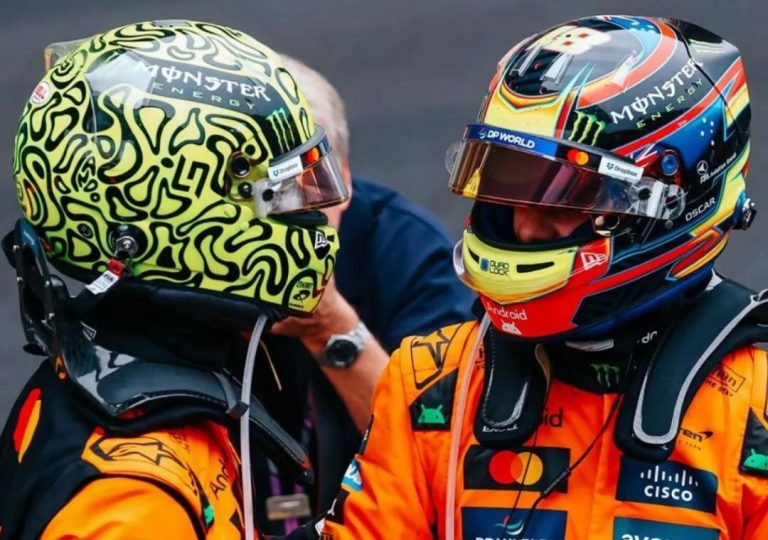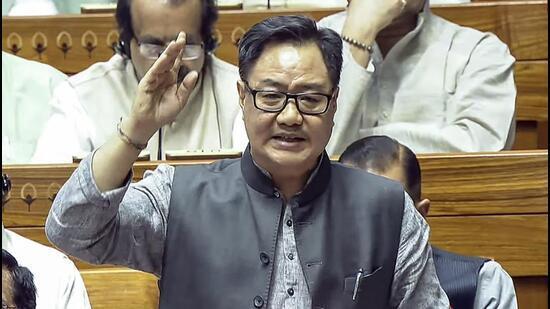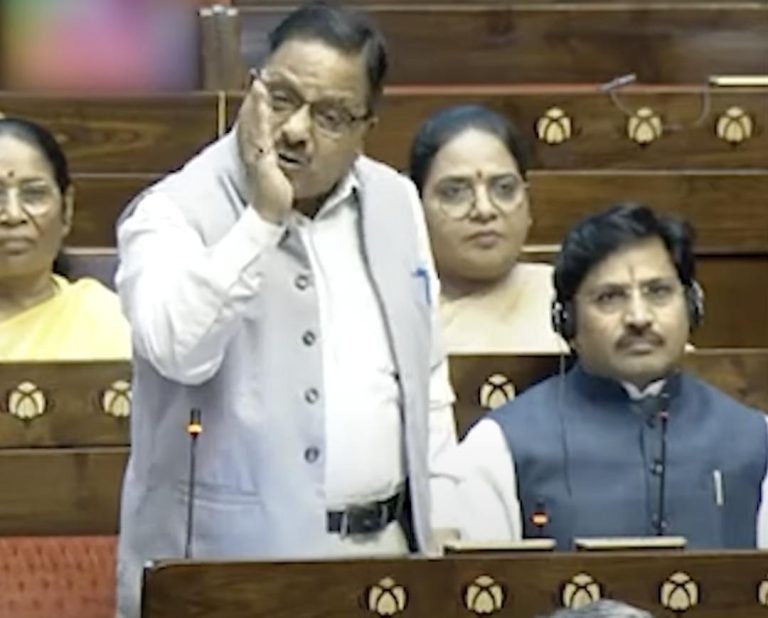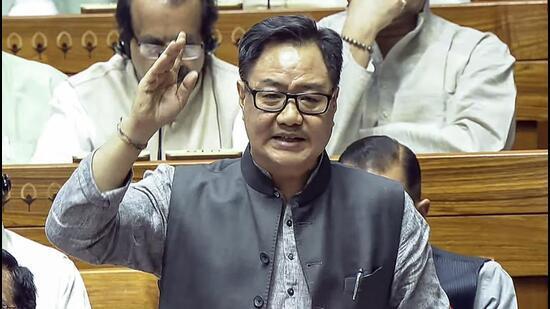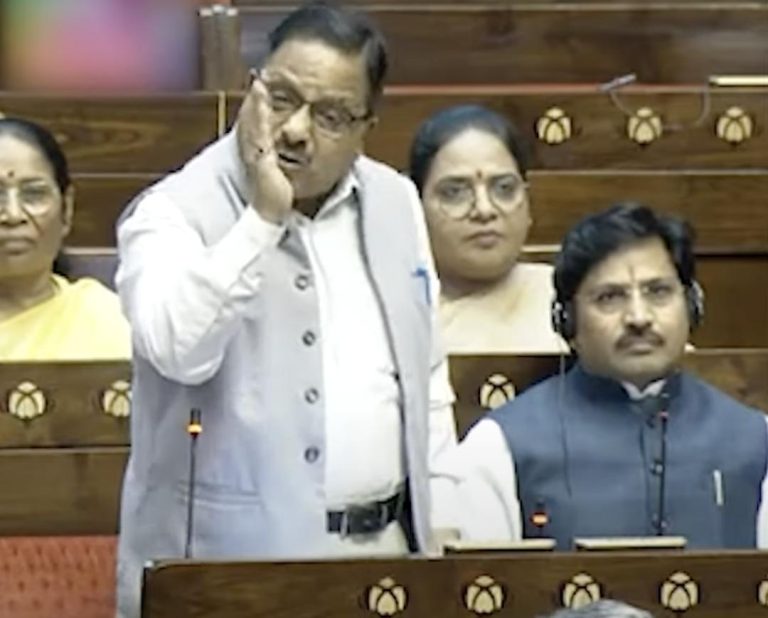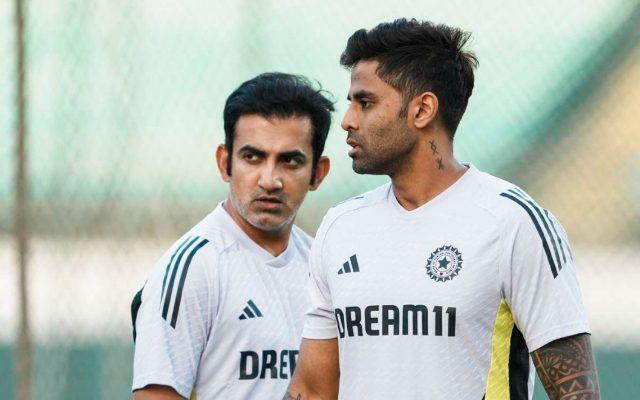
Gautam Gambhir Backs Flexible Batting Order for Right-Left Balance
India’s head coach, Gautam Gambhir, has reaffirmed the team’s commitment to a flexible batting order, with a focus on maintaining a right-left combination in the middle overs. This approach was evident in their recent ODI series victory over England, and Gambhir has emphasized the importance of this strategy in his post-series press conference.
The flexible batting order approach has been a key feature of India’s ODI team under Gambhir’s leadership, and it has yielded impressive results. The team’s ability to adapt to different situations and opponents has been a major factor in their success, and Gambhir believes that the right-left combination is a crucial aspect of this adaptability.
“If you have the option of putting a quality left-hander in the middle, why won’t you do that?” Gambhir posed during the press conference. “It’s all about getting the right balance and making sure that you’re not too one-dimensional. You want to have a good mix of right-handers and left-handers, and that’s what we’ve been trying to do.”
The right-left combination has been a key feature of India’s ODI team for some time now, and it has been instrumental in their success. The team’s top-order batsmen, such as Rohit Sharma and Shubman Gill, are both right-handers, while their middle-order batsmen, such as Virat Kohli and KL Rahul, are left-handers. This combination has allowed the team to adapt to different situations and opponents, and it has been a major factor in their success.
Gambhir believes that the right-left combination is particularly important in the middle overs, when the game is often decided. “The middle overs are crucial in any ODI match,” he said. “You want to have a good mix of right-handers and left-handers at this stage, so that you can adapt to different situations and opponents. It’s all about getting the right balance and making sure that you’re not too one-dimensional.”
The flexible batting order approach has also allowed India’s batsmen to develop a strong understanding of each other’s strengths and weaknesses. “The guys have a good understanding of each other’s games,” Gambhir said. “They know who can play aggressively and who can play defensively, and that’s what makes it so effective. It’s not just about having a right-left combination, it’s about having a good understanding of each other’s games and being able to adapt to different situations.”
Gambhir’s commitment to the flexible batting order approach is not limited to the ODI team. He believes that this strategy is also important for the Test team, and he has been working with the team’s top-order batsmen to develop their skills and adaptability.
“The Test team is also very important for us,” Gambhir said. “We want to make sure that we’re not too one-dimensional, and that we have a good mix of right-handers and left-handers in the top-order. It’s all about getting the right balance and making sure that we’re not too predictable. We want to be able to adapt to different situations and opponents, and that’s what makes it so important.”
In conclusion, Gambhir’s commitment to the flexible batting order approach is a key feature of India’s ODI team, and it has been instrumental in their success. The right-left combination is particularly important in the middle overs, and Gambhir believes that it is crucial for the team’s adaptability and success. As India continues to evolve and adapt to different situations and opponents, Gambhir’s flexible batting order approach will remain a key feature of the team’s strategy.

